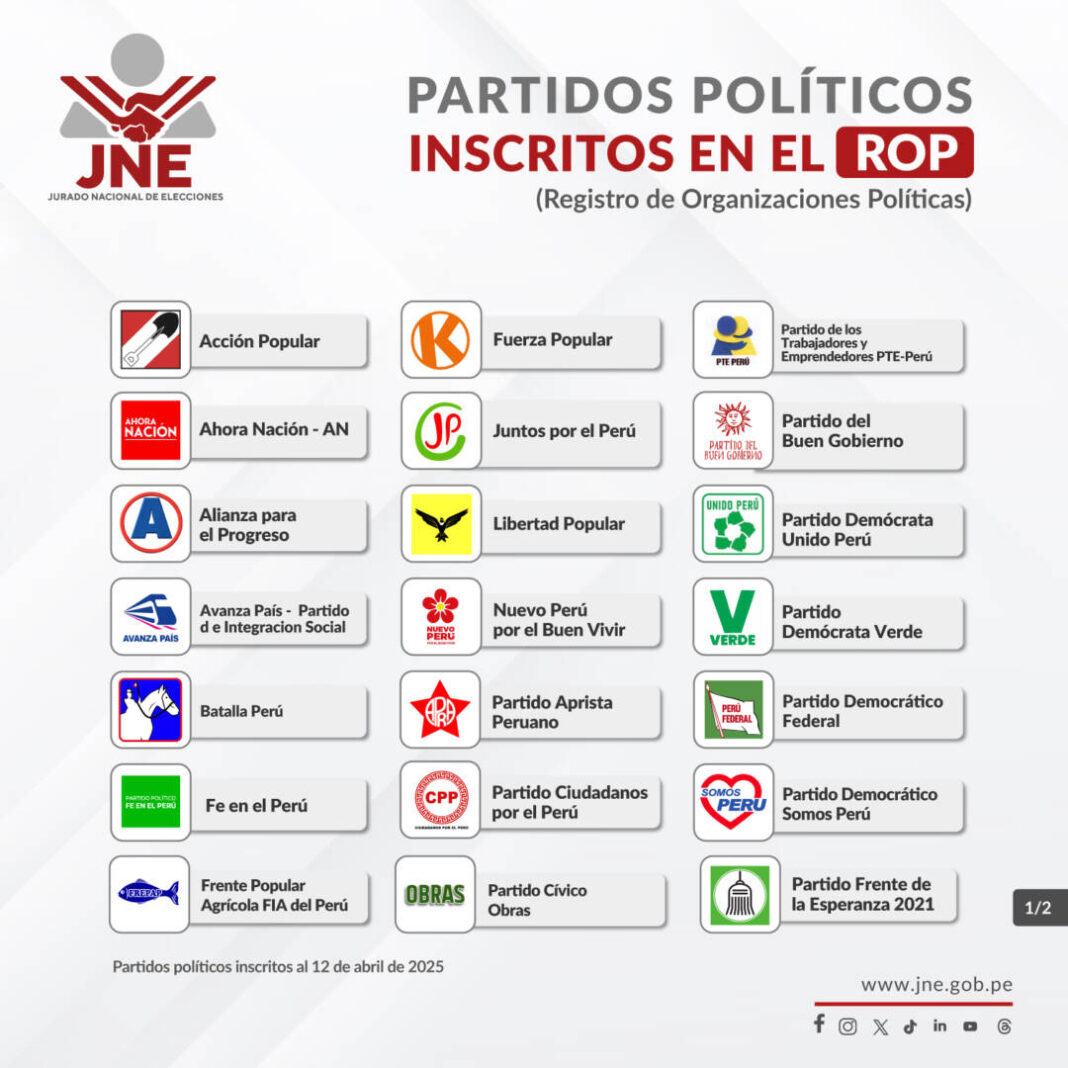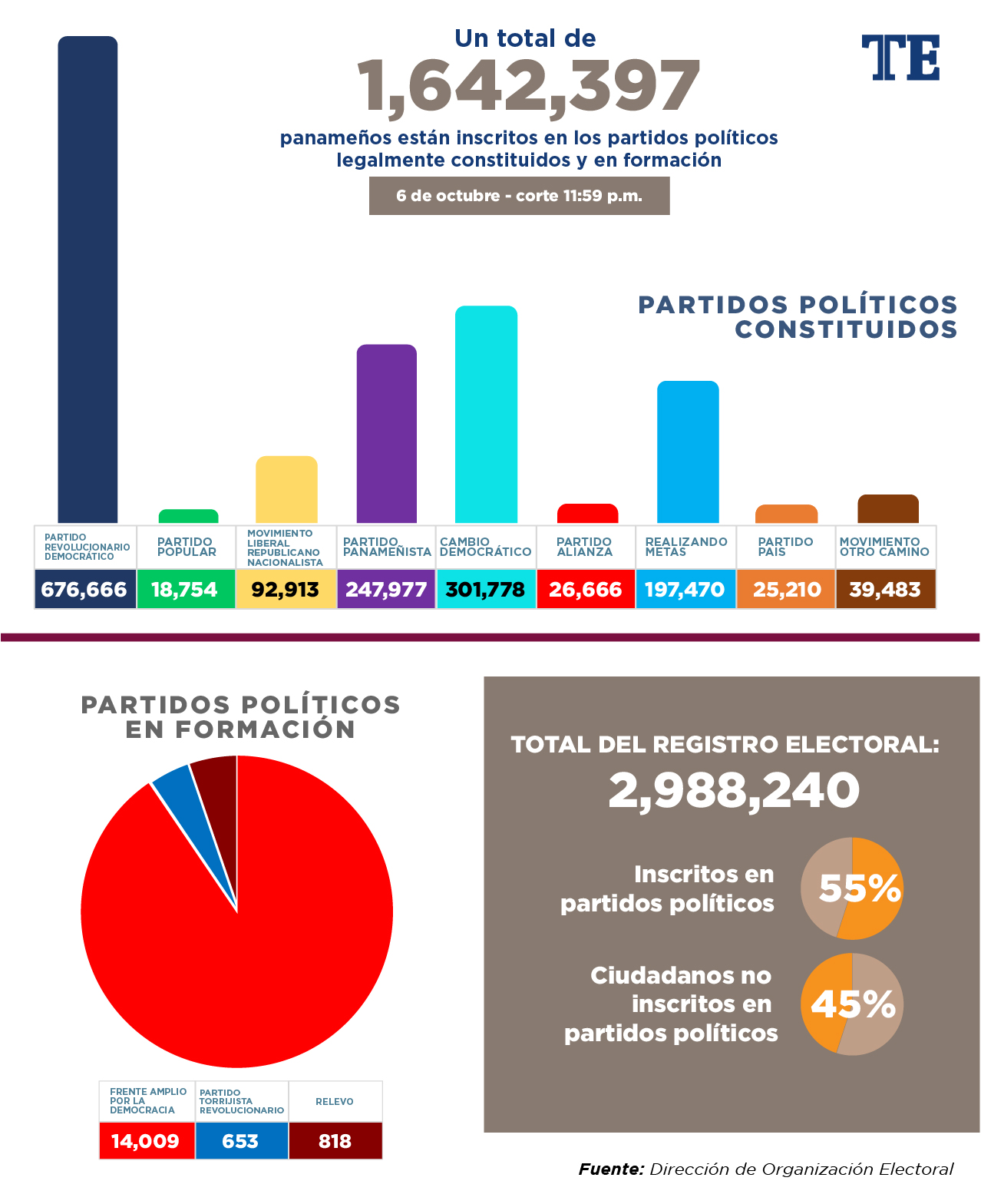When we talk about “ROP,” for many, the first thing that comes to mind is Retinopathy of Prematurity, an eye condition that can affect babies born too soon. It’s a pretty big deal for these tiny newcomers, and understanding it means looking at all the different ways we track, manage, and learn about it. This includes, you know, the various registered efforts and groups working to make things better for these little ones. So, in a way, thinking about “rop partidos inscritos” helps us consider the organized approaches and recorded information that guides care for this condition.
This eye disease, which can truly impact a baby's sight, tends to happen in infants who come into the world before their due date, or those who weigh less than three pounds at birth. It's a condition that, frankly, has been a focus for medical professionals for a very long time, and so many folks are working on it. There are, for instance, a lot of registered studies and treatment protocols that help guide doctors.
The journey with ROP, or Retinopathy of Prematurity, involves a whole lot of dedicated people and careful observations. From early detection methods to groundbreaking treatments, it’s all about protecting the vision of our most vulnerable. We're going to explore what ROP is, how it's managed, and how various registered efforts contribute to improving outcomes for these precious babies. It's really quite something, the amount of effort that goes into this.
Table of Contents
- What is ROP? A Look at Registered Cases
- Treatment Pathways: Registered Options for ROP
- The Role of Telemedicine: Registered Screening Efforts
- Oxygen Management: Registered Approaches to Prevention
- Historical Context and Current Challenges: Registered Insights
- Supporting Families: Registered Resources and Community
- Frequently Asked Questions About ROP
What is ROP? A Look at Registered Cases
Retinopathy of prematurity, often just called ROP, is an eye disease that can happen in babies who are premature, or born early. It also affects little ones who weigh less than three pounds at birth, too. This condition, you know, can be a real threat to a baby's vision, potentially leading to blindness if not managed properly. The way it works is that abnormal blood vessels grow in the back of the eye, which can then cause problems. This is where the idea of "rop partidos inscritos" really comes into play, as we consider the registered instances and data points of this condition.
Understanding the Condition: Registered Details
So, what exactly is ROP? Well, it's an eye condition that affects some infants who are born early, particularly before 31 weeks. It's a retinal vasoproliferative disease, meaning it involves the growth of blood vessels in the retina, the light-sensitive tissue at the back of the eye. These vessels, unfortunately, can leak fluid and blood, and that can scar the nerve tissue inside the eye, which increases the risk of retinal detachment. That's a pretty serious outcome, as a matter of fact. Tracking these registered cases helps medical teams understand the scope of the problem and where to focus their efforts.
The progression of ROP is something doctors keep a very close eye on. It's not always a straight line, and the severity can vary quite a bit from one baby to another. Doctors today, you know, can help more premature babies than ever before clear their biggest hurdles. But that also means they're seeing more babies with retinopathy of prematurity. This increase in cases, so to speak, means that the collection of "rop partidos inscritos," or the registered data on these cases, becomes even more important for research and public health initiatives. It helps us see patterns and improve care.
Treatment Pathways: Registered Options for ROP
When it comes to treating ROP, there are a few different paths doctors can take, depending on how advanced the condition is. These treatment options are, in a way, "rop partidos inscritos" themselves, as they represent registered and approved methods used by medical professionals worldwide. The goal, of course, is always to prevent vision loss and protect the baby's sight. It’s a very delicate process, and the timing of treatment is quite important.
Avastin (Bevacizumab): A Registered Treatment Approach
One of the more modern approaches involves medication. Babies born prematurely who require treatment to prevent blindness from retinopathy of prematurity could be treated with a dose of Avastin (bevacizumab). This is a type of anti-VEGF drug, which works by stopping the growth of those abnormal blood vessels that cause so much trouble. It's, you know, a registered and increasingly common treatment, and its use represents a significant step forward in managing ROP. The effectiveness of this particular "rop partidos inscritos" treatment option is something that continues to be studied and refined.
Cryotherapy: Registered Historical Interventions
For many years, another treatment option was available, which involved a brief freezing of a portion of the eye’s surface. This procedure, known as cryotherapy, could protect many premature infants against blindness from retinopathy of prematurity. It’s a disease that causes visual loss in 2,600 infants in the United States annually, so any effective treatment is vital. While newer methods like Avastin are becoming more prevalent, cryotherapy represents a historically significant "rop partidos inscritos" intervention, showing how medical science has evolved over time to tackle this condition. It's a bit like looking at the different chapters in a book about ROP care.
The Role of Telemedicine: Registered Screening Efforts
Screening for ROP is a really big deal, especially since early detection can make all the difference. Telemedicine is an effective strategy to screen for the potentially blinding disease known as retinopathy of prematurity. This is according to a study funded by the National Eye Institute, too. Using telemedicine means that specialists can review eye images from babies in remote locations, which is quite helpful for families who might not live near a major medical center. This innovative use of technology is, in a way, a registered and growing "rop partidos inscritos" method for expanding access to critical eye care for premature babies. It really helps bridge geographical gaps.
The ability to use telemedicine for ROP screening means that more babies, no matter where they are, can get the timely evaluations they need. This remote screening capability helps ensure that potential problems are caught early, allowing for quicker intervention if necessary. It’s a practical application of technology that makes a real difference in the lives of these vulnerable infants. So, you know, these registered telemedicine programs are a vital part of the overall strategy for managing ROP, making sure that every baby has a chance at healthy vision.
Oxygen Management: Registered Approaches to Prevention
Preventing ROP, or at least stopping its progression, is a key area of focus for doctors and researchers. One aspect that has been studied quite a bit is the role of oxygen. If controlled amounts of supplemental oxygen could help prevent the progression of ROP, then infants could avoid this threat to their sight and consequently the invasive surgery for it. This idea explores how careful management of oxygen levels in premature babies might reduce the risk of the disease worsening. It’s a very important area of research, as a matter of fact, and it could potentially change how we care for these babies.
The precise balance of oxygen is something that requires very careful monitoring in premature infants. Too much or too little can have consequences, and finding that "just right" level is a constant challenge for neonatal care teams. The ongoing studies and guidelines around oxygen use are, in a sense, "rop partidos inscritos" efforts aimed at refining preventative strategies. These registered protocols are constantly updated as new information comes to light, all with the goal of protecting those tiny eyes from harm. It's a complex puzzle, but one that dedicated professionals are always working to solve.
Historical Context and Current Challenges: Registered Insights
Retinopathy of prematurity, initially described as retrolental fibroplasia by Theodore Terry in 1942, was the leading cause of blindness in children in the United States for a long time. This historical perspective, you know, shows us how far we've come in understanding and managing this condition. The journey from initial description to today's advanced treatments is a testament to persistent medical research and innovation. It’s quite a story of progress, really.
Despite improvements in neonatal care and management guidelines, ROP remains a significant concern. The fact that more premature babies are surviving today, thanks to incredible medical advancements, also means that more babies are at risk for ROP. This ongoing challenge means that the collection of "rop partidos inscritos" – the registered data, research findings, and clinical experiences – is more crucial than ever. It helps us identify new trends, refine existing treatments, and continue the fight against this potentially blinding disease. We are, in some respects, always learning and adapting.
Supporting Families: Registered Resources and Community
Beyond the medical treatments, supporting families of premature babies affected by ROP is also very important. While the provided text focuses on the medical aspects, it's worth noting that organizations exist to help. For example, for 40 years, Rite of Passage has provided programs, services, and direct resources that empower youth and families to succeed in the community and within their own lives. While this particular reference might not be directly about ROP, it highlights the broader concept of registered organizations supporting vulnerable populations, a concept that applies to ROP families too. There are, you know, many such groups.
Finding information and support can make a big difference for parents navigating a ROP diagnosis. Resources, whether they are medical guidelines, support groups, or educational materials, are often "rop partidos inscritos" in the sense that they are established, recognized sources of help. For instance, if you're looking for information on ROP, you might find more details about Retinopathy of Prematurity from reputable health organizations. Also, learning more about on our site, and checking this page could be helpful. These kinds of registered resources are vital for families.
Frequently Asked Questions About ROP
What is Retinopathy of Prematurity (ROP)?
Retinopathy of prematurity, or ROP, is an eye disease that can happen in babies who are born early, or who weigh less than three pounds at birth. It's a condition where abnormal blood vessels grow in the back of the eye, which can then leak fluid and blood. This can scar the nerve tissue inside the eye, potentially increasing the risk of retinal detachment and vision loss. It's, you know, a very specific challenge for premature infants, especially those born before 31 weeks.
How is ROP treated?
Treatment for ROP depends on how severe the condition is. For some babies, the condition improves on its own. For others, treatment might involve injections of medication like Avastin (bevacizumab), which helps stop abnormal blood vessel growth. Historically, doctors also used a procedure called cryotherapy, which involved briefly freezing a portion of the eye’s surface. The goal of any treatment is, really, to prevent blindness and protect the baby's vision. These are all, in a way, registered and established methods.
Can ROP be prevented?
While ROP cannot always be completely prevented, careful management of premature babies can help reduce the risk of severe ROP. This includes closely monitoring and controlling the amount of supplemental oxygen given to these infants, as studies suggest that controlled oxygen levels could help prevent the progression of the disease. Telemedicine also plays a role in prevention by ensuring early and effective screening, allowing for timely intervention if needed. So, there are definitely registered efforts aimed at minimizing the impact of this condition.



